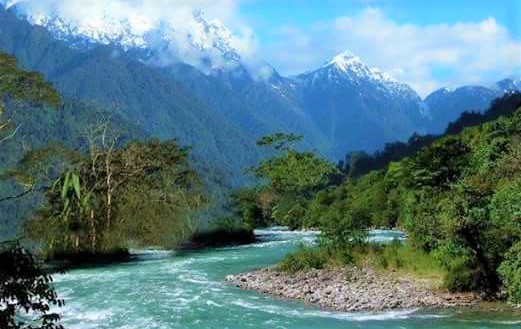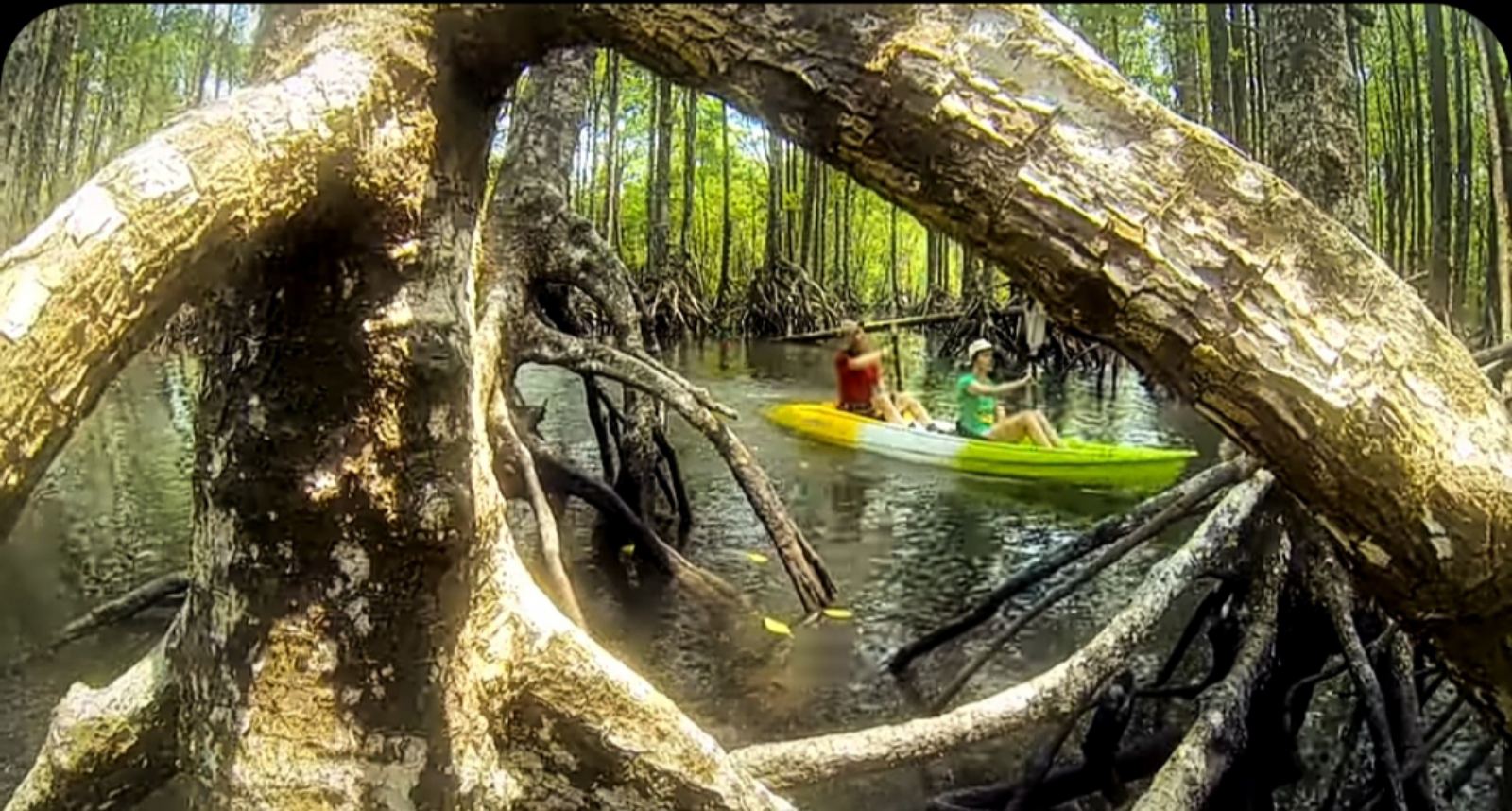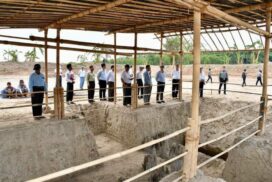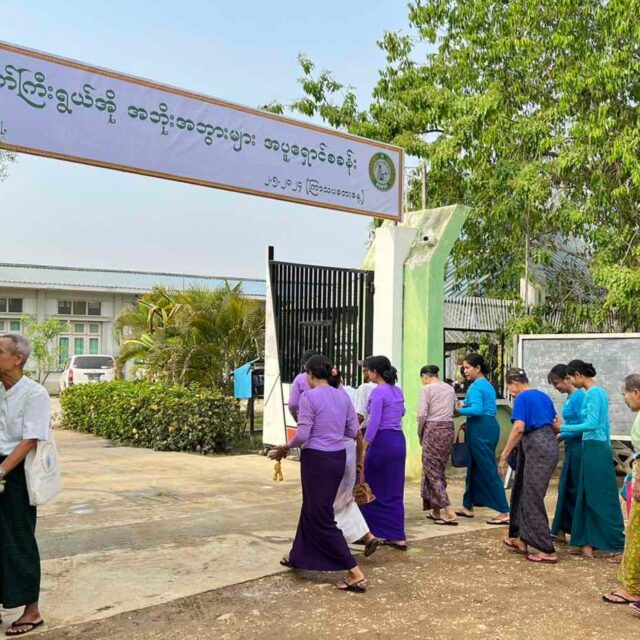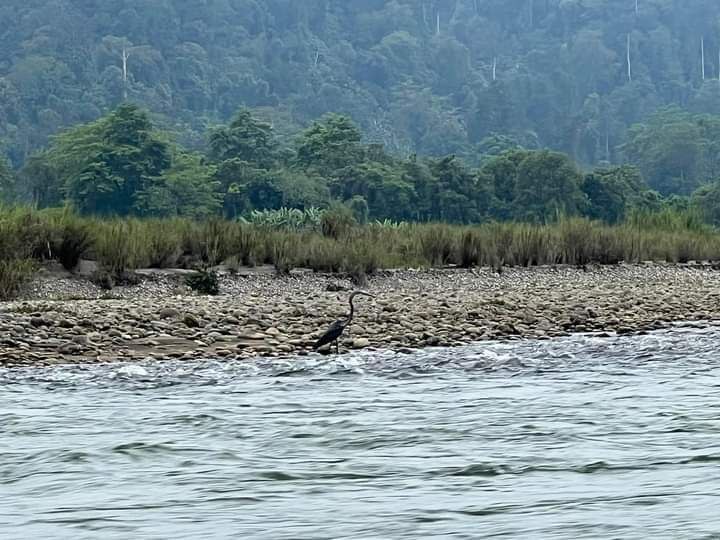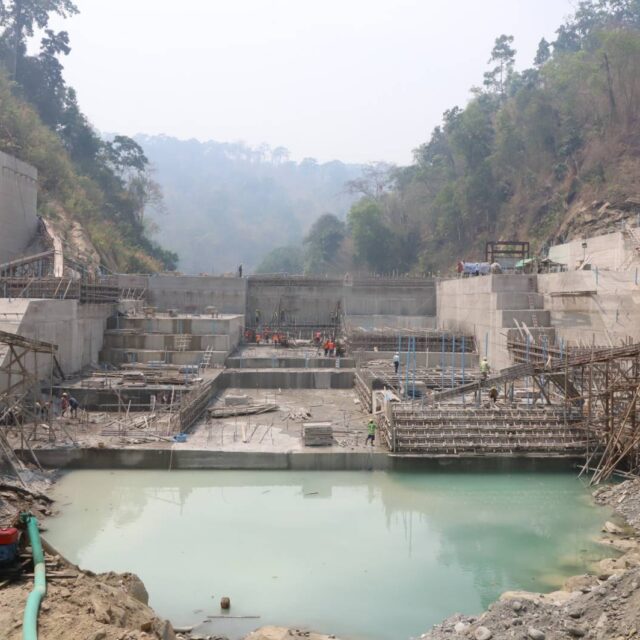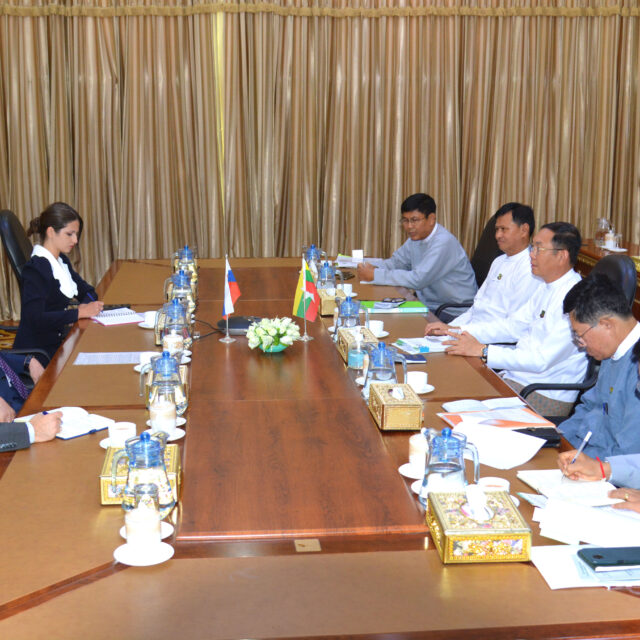Wildlife sanctuaries and national parks control climate change and contribute to the sustainability of biodiversity, human beings, and the natural environment. Myanmar ranks third among the ASEAN countries for possessing many national parks.
Brunei boasts one ASEAN Heritage Park, one in Laos, two in Cambodia, two in Singapore, three in Malaysia, six in Thailand, seven in Indonesia, eight in Myanmar, nine in the Philippines and ten in Viet Nam. The ASEAN Community possesses 49 ASEAN Heritage Parks. Accelerating biodiversity conservation can support the sustainability of human resources and environmental conservation.
‘The global climate change depends on the biodiversity, forests and mountains, especially, it needs the concept to lead the natural resources conservation. The production sector should follow the law and the rules without fail and conserve and replant systematically. Cooperation plays a key role. All the national parks in Myanmar are essential not only for ASEAN but also for the world. Conserving the protected areas directly benefits the green economy and blue economy as well as geological features and climate. Travellers are interested in nature-based tourism, such as the maritime, land, and ice-capped mountains. Myanmar is one of the countries that grab the interest of visitors. Myanmar is a country with plenty of natural heritage,” said U Kyi Oo, head of Lampi Marine National Park.
Myanmar is participating in environmental conservation with ASEAN countries and working with NGOs and locals to develop national parks and ensure the survival of wildlife animals. The government protects science reserve forests, national gardens, marine national parks, protected reserves, wildlife sanctuaries, unusual geological sites and community-protected natural areas. There are 59 natural protected areas covering 6.42 per cent of total land areas.
“The government is laying down the policies and objectives. It targets establishing forests for about 30 per cent of the country’s land areas and 10 per cent to protect reserve forests and protected land areas. It has already established over six per cent of protected land. Existence of national parks will support tourism, create job opportunities for the locals, and earn revenue for the country. Myanmar ranks third among ASEAN countries for having national parks. Therefore, all should cooperate in conserving the marine, wetland, sanctuary and snow-capped mountains because the national parks in Myanmar are unspoiled and in virgin stage,” he added.
ASEAN Heritage Parks are defined as “protected areas of high conservation importance, preserving in total a complete spectrum of representative ecosystems of the ASEAN region.” — Thitsa (MNA)/KTZH
Myanmar ranks third in ASEAN for heritage parks
- April 24, 2024
- 42

